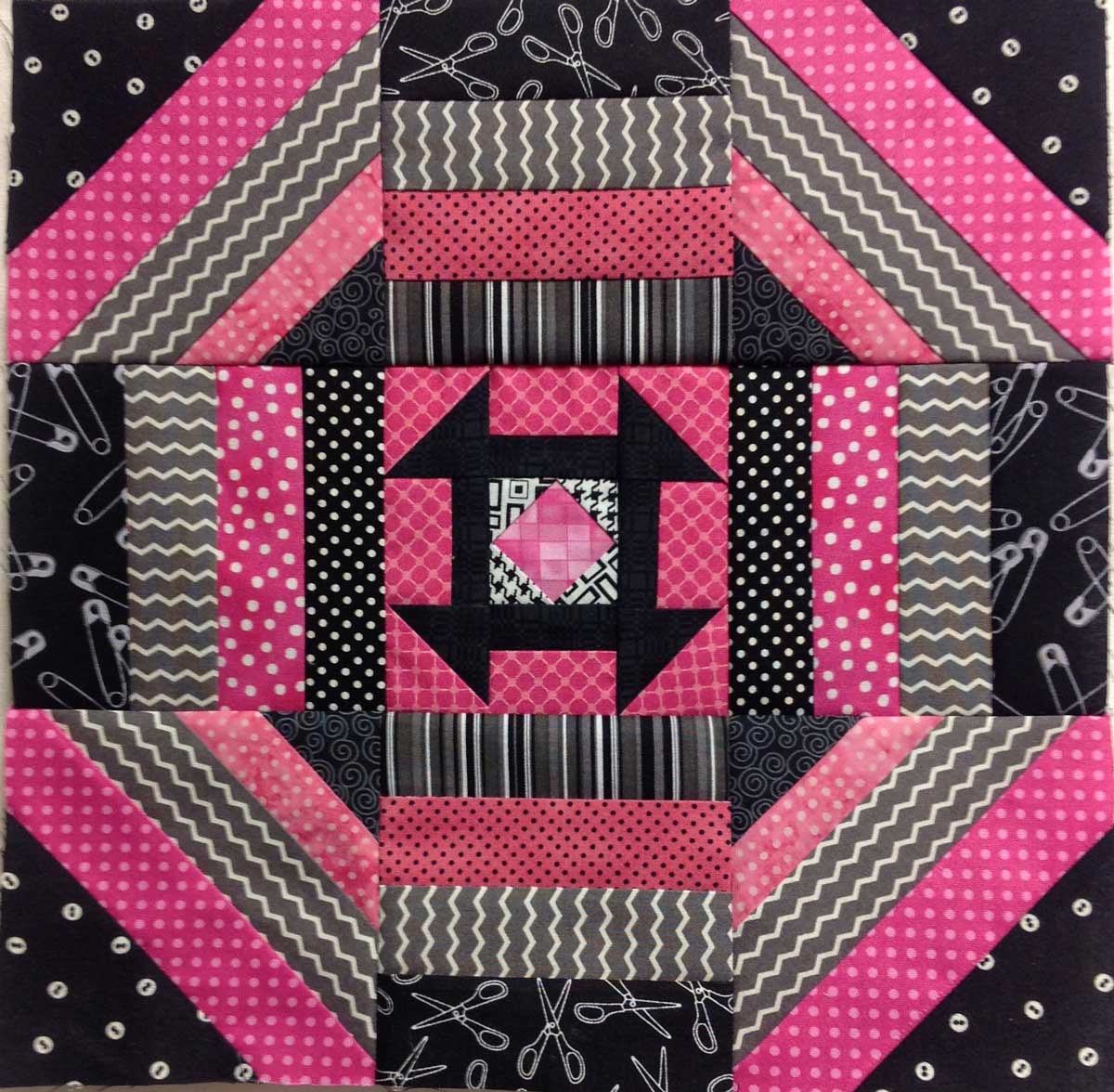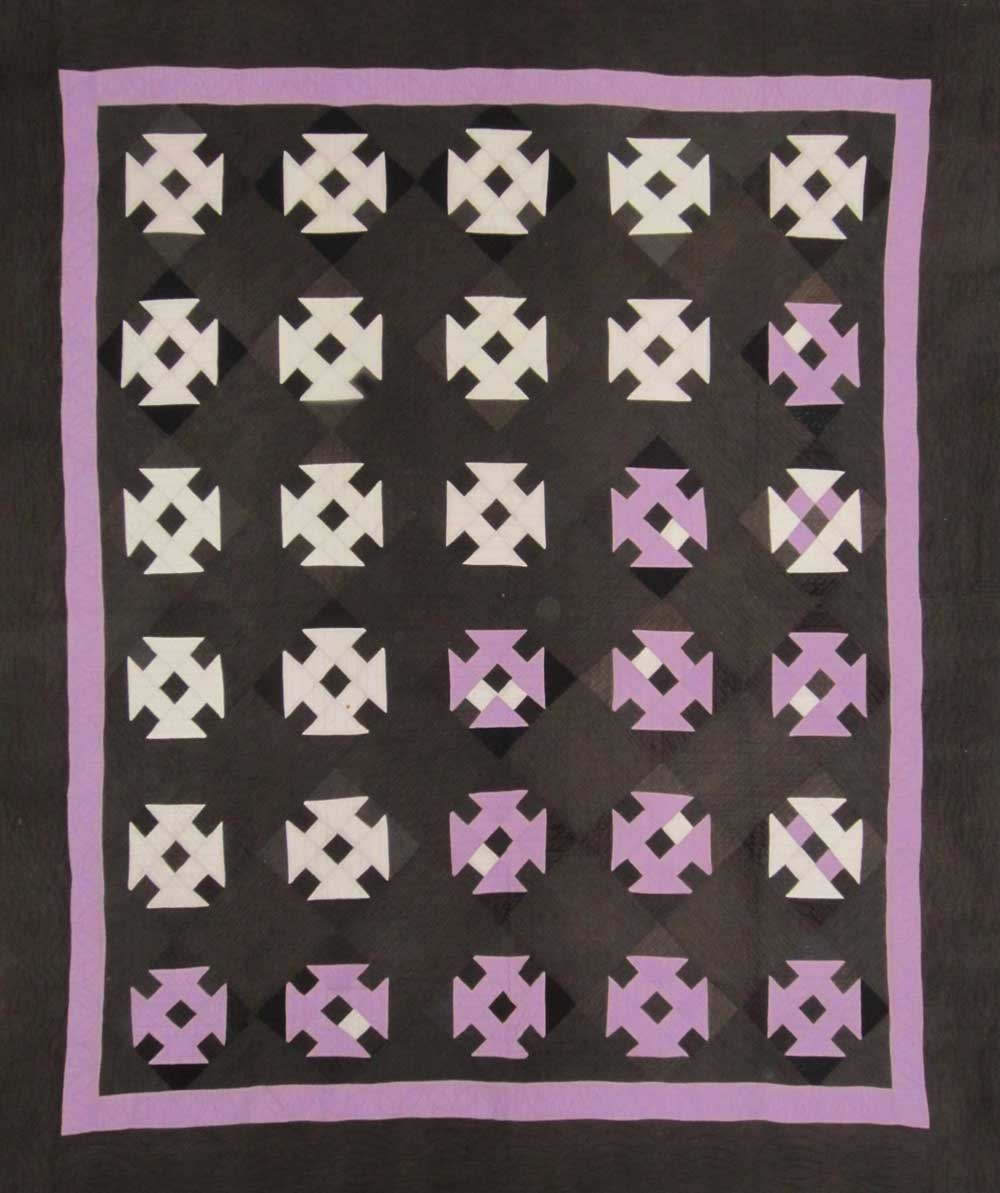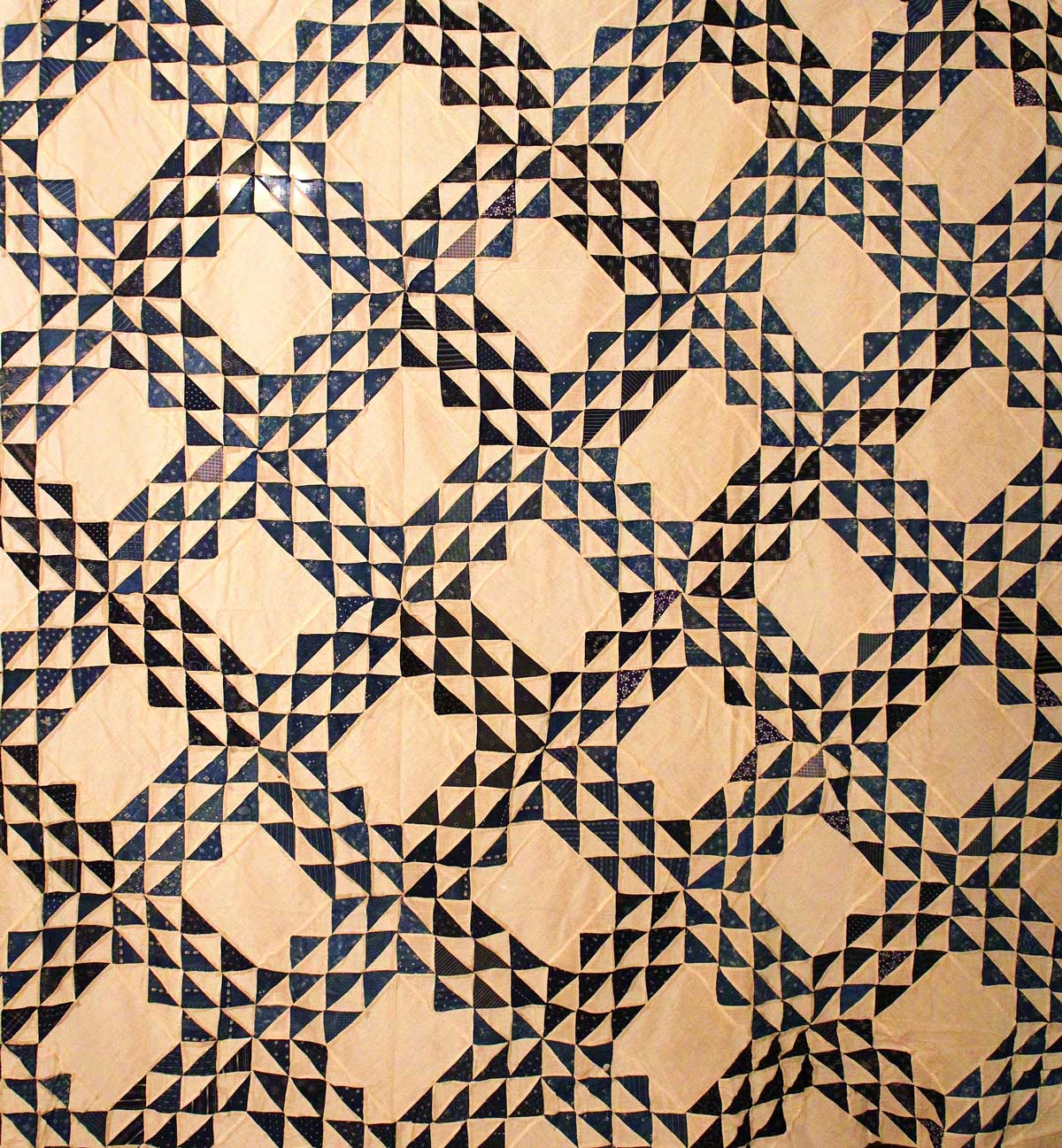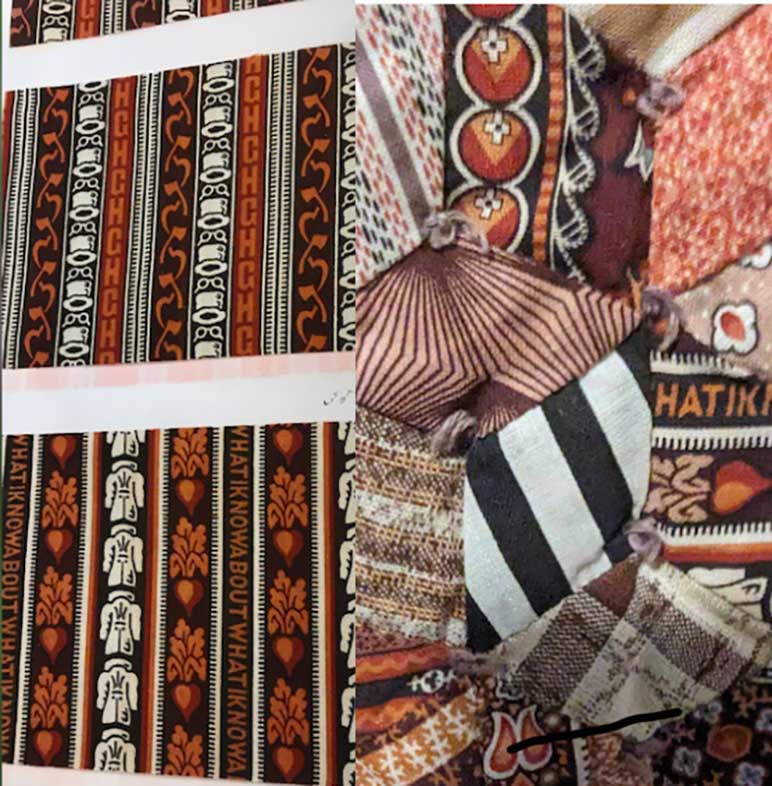Want a break from quilting? Try a new bag (Bag making 101)
June 2024
Covering Quilts
Want a break from quilting? Try a new bag (Bag making 101)
by Sandra Starley
Quilted bags, totes, and fabric pouches of all sizes are having a moment. Why not join in on the fun?
As I have mentioned several times, giving yourself a challenge, and trying new things is a terrific way to exercise your brain. And what better way to work your brain than learning a new skill like bag making?
There are sew many options from super simple bags with button closures to fancy purses or overnight bags with multiple compartments, see-through mesh or plastic pockets, and numerous zippers and everywhere in between. There are bags for every skill level and time commitment, from a quick evening clutch made in an afternoon to a multi-day effort for the perfect bag for your next travel adventure.
As you might guess, there are many different options for learning how to make a bag and finding patterns, from loads of downloadable PDFs on Etsy and websites to an array of online tutorials and classes (both free and paid). There are many materials available to help make the process easier and more efficient. For most bags you will need a stabilizer to give support and stability to your bag. For many bags you will need zippers and or other “hardware” and then also mesh or sewable plastic or vinyl for pockets or compartments. If you are feeling adventurous you can experiment with tapestry/ upholstery type fabric or even cork fabric, yes, you can really sew with cork! Are you getting excited about making a bag? I hope you are. Remember, one secret to staying young is continuing to learn new skills.
Personally, I had not made a bag since I made a simple fabric bag/purse without zippers or pockets about 20 years ago. Then I was challenged to make a bag as an Island Batik Ambassador. One of our sponsors is ByAnnie, a Utah-based company, owned by Annie Unrein, built upon patterns and supplies for making bags and other containers. For my first Challenge in 2022, I played it safe and made an easy pattern – Contain Yourself. I made all three sizes of soft sided fabric bins from the pattern. I got braver in 2023 and made two bags from the Night and Day pattern – a purse and mini tote with zippers, and magnetic snaps (see photo). It was challenging to work with zippers and sewing magnets was interesting, but then I do like a challenge. Both patterns had bonus “add-on videos” that really helped me in following the step-by-step patterns. This year, I will be making more containers/bins, this time with zippers, from the Room With a View pattern.
Have fun and be creative. You can use new fabric to make a bag or recycle leftover blocks or UFOs (unfinished objects) or old shirts. You can even upcycle an old quilt. Using a quilt as prequilted fabric is a quick way to make a brand-new bag. And speaking of easy, try the sew by numbers, quilt as you go batting by June Tailor. The pattern is printed on the batting, and you simply follow the numbers to create a bag (like paint by numbers). Another great option is the Mondo Bag, one of the most popular quilty bags ever. The QuiltSmart pattern is printed on fusible interfacing, and you sew on the lines to create an easy, really big bag perfect for carrying a quilt to show and tell at your next guild meeting. Explore the internet for many more options and challenge yourself!
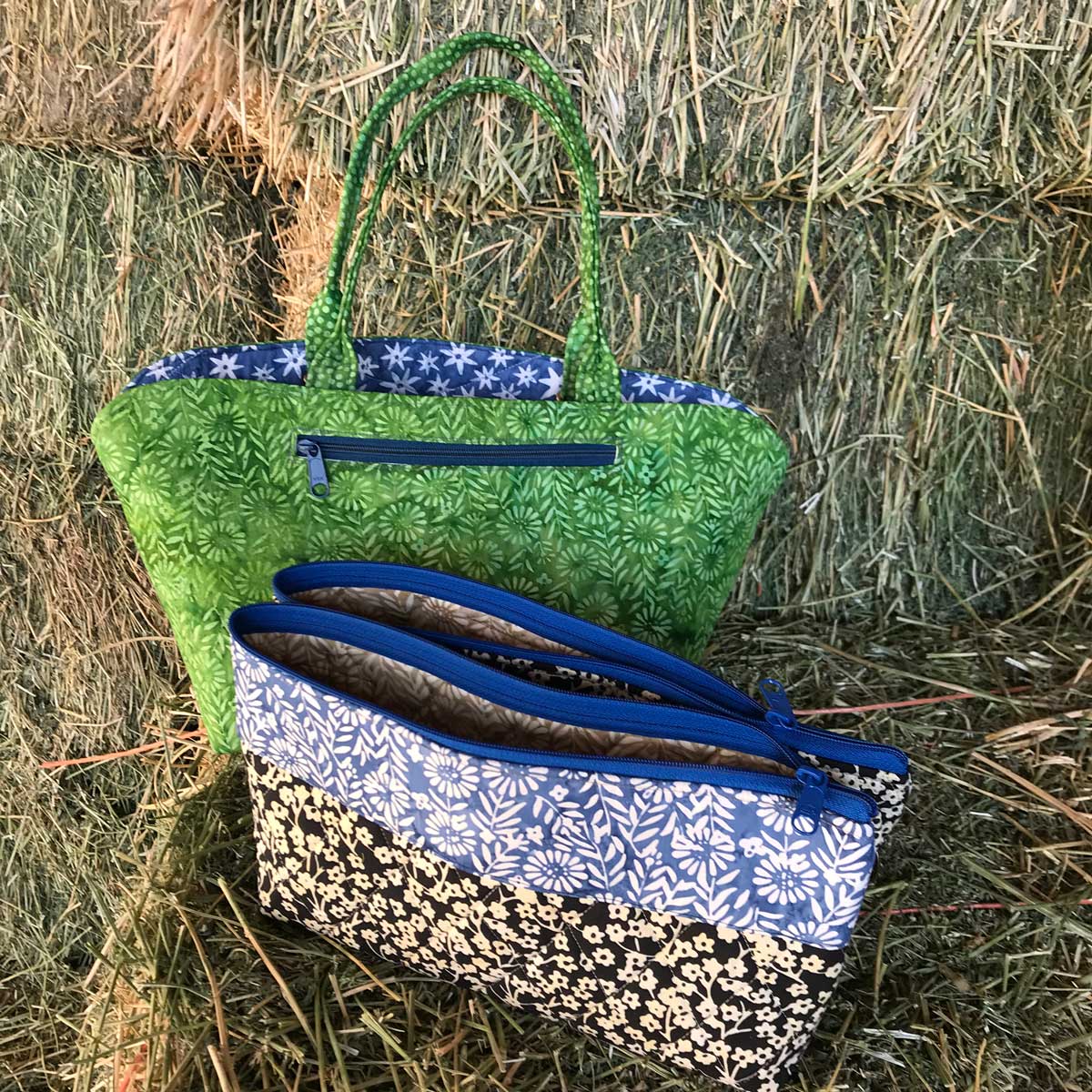
Night and Day bags
Night and Day bags. (Image courtesy of Annie Pattern)
Sandra Starley is nationally certified quilt appraiser, quilt historian, and avid antique quilt collector. She travels throughout the U.S. presenting talks on antique quilt history, fabric dating classes and trunk shows as well as quilting classes. Learn more at utahquiltappraiser.blogspot.com. Send your comments and quilt questions to SandraStarley@outlook.com


